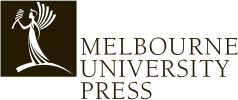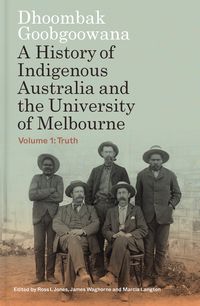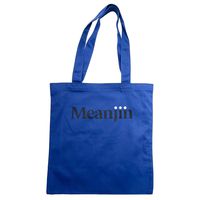The Biographical Dictionary of the Australian Senate Volume 2
The Biographical Dictionary of the Australian Senate Volume 2
The second volume of The Biographical Dictionary of the Australian Senate contains individual articles on 103 male senators and one woman, the spirited Senator Agnes Robertson Robertson of Western Australia, and the three clerks who served them.
This book presents a very different Australia from that revealled in Volume 1 of the Biographical Dictionary (MUP, 2000). The vision of Australia as a fair and equitable society, cherished so confidently at the time of Federation, now has to be put into practice in the face of the Depression and the Second World War. We see senators grappling with an increasingly mechanised society, major industrial, economic and social problems and the growing complexities of public policy. Political parties, strongly influenced by economic conditions and rural politics, divide and re-group, and as the six states recognise more and more the extent of Commonwealth power, the Senate asserts its constitutional equality with the House…
The second volume of The Biographical Dictionary of the Australian Senate contains individual articles on 103 male senators and one woman, the spirited Senator Agnes Robertson Robertson of Western Australia, and the three clerks who served them.
This book presents a very different Australia from that revealled in Volume 1 of the Biographical Dictionary (MUP, 2000). The vision of Australia as a fair and equitable society, cherished so confidently at the time of Federation, now has to be put into practice in the face of the Depression and the Second World War. We see senators grappling with an increasingly mechanised society, major industrial, economic and social problems and the growing complexities of public policy. Political parties, strongly influenced by economic conditions and rural politics, divide and re-group, and as the six states recognise more and more the extent of Commonwealth power, the Senate asserts its constitutional equality with the House of Representatives.
For the most part, these senators are now little-known but, at the time, they asserted a marked individuality, as the caricatures on the endpapers imply. At this period of history, party discipline was not such as to suppress individual character.




